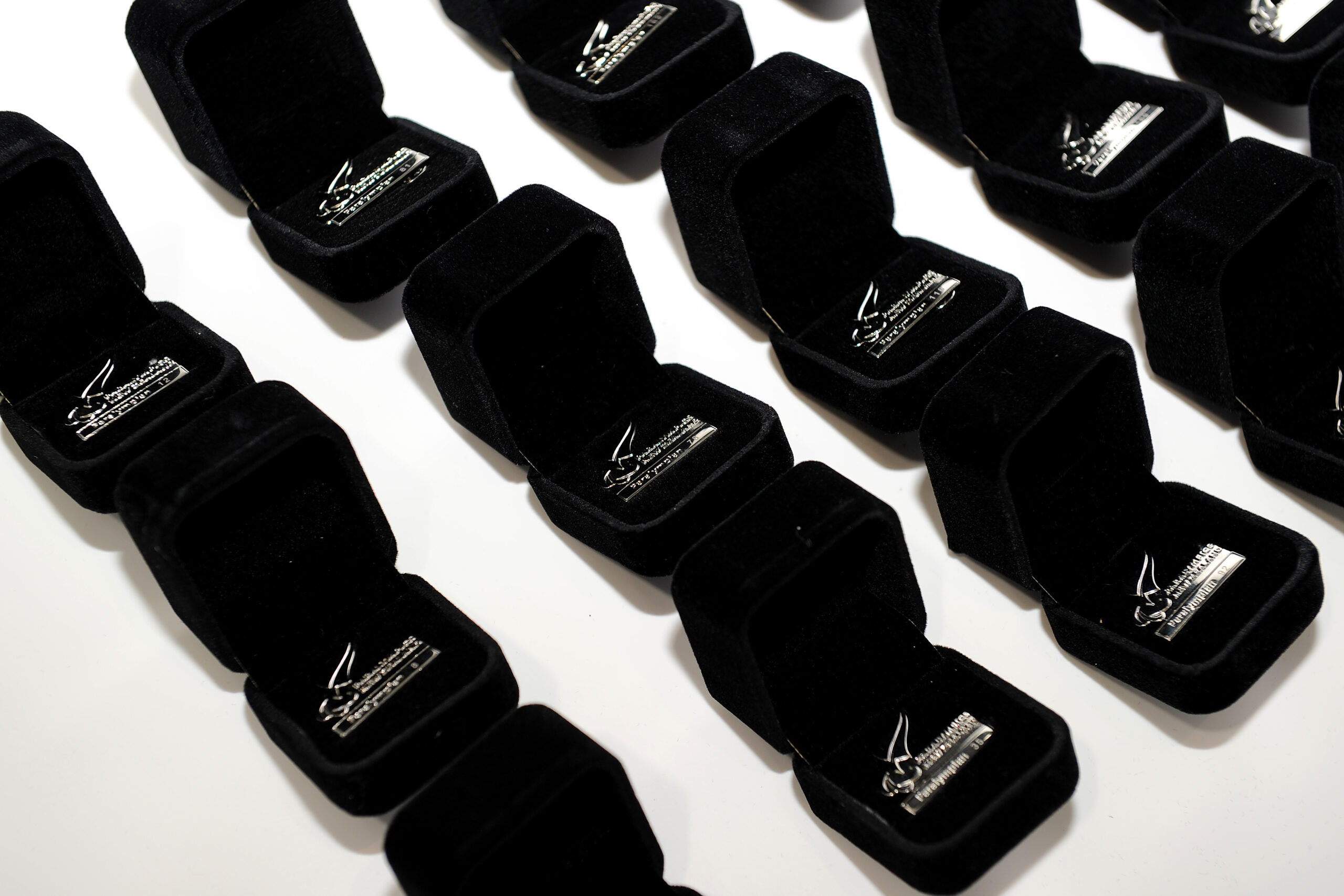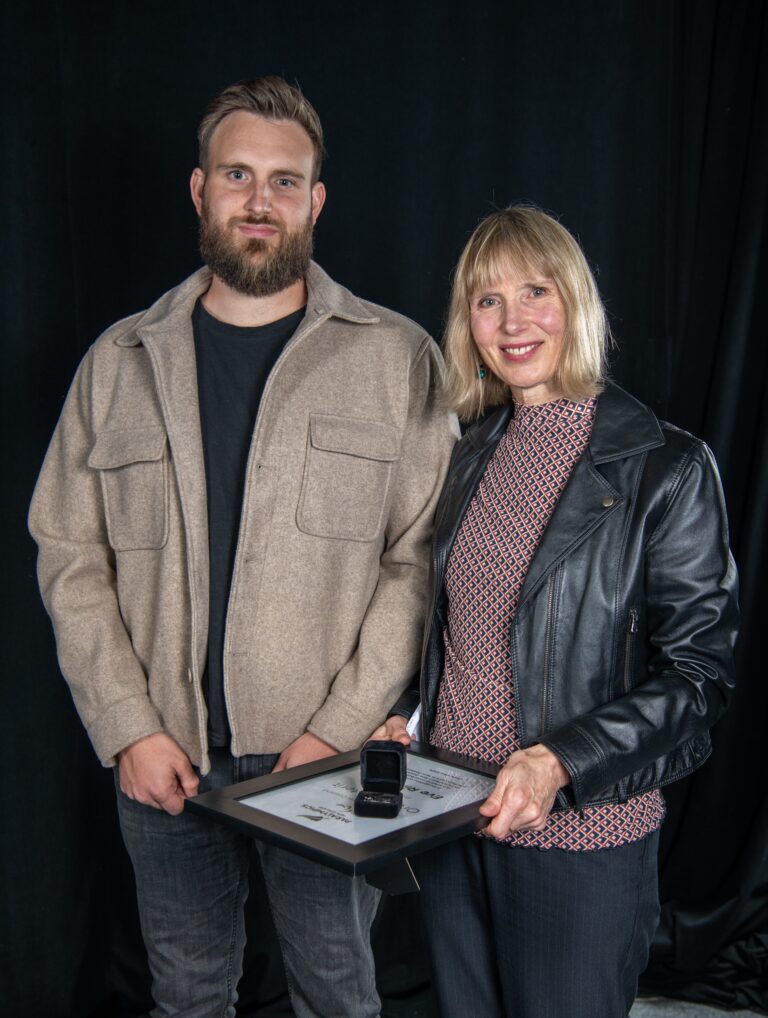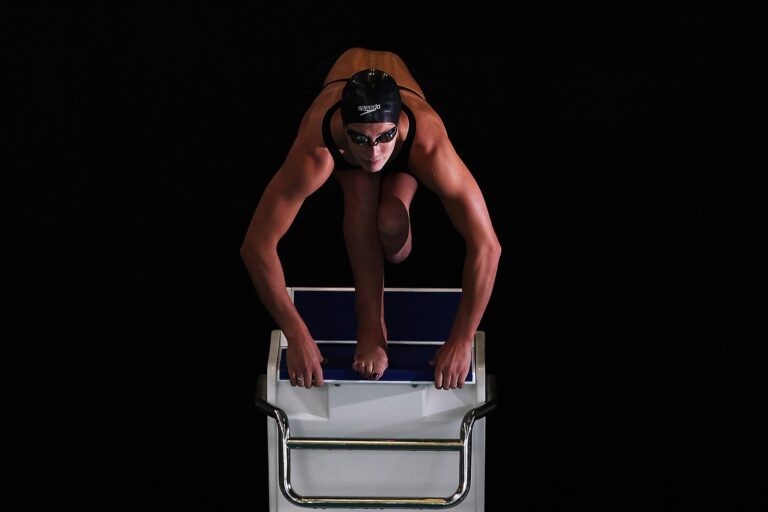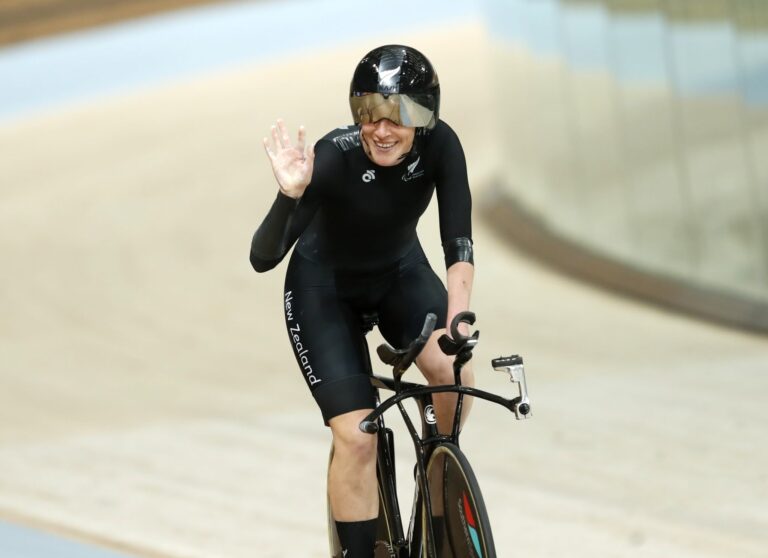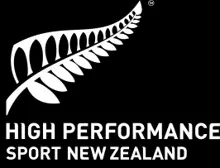It’s respectful to introduce a Paralympian with their official Paralympian number, for example, you may have heard people say “Paralympian #166 Dame Sophie Pascoe”. But what does the number 166 mean? And what is a “Paralympian pin”?
The official Paralympian number
The official Paralympian ‘number’ is a number that is given to a Paralympian once they have competed at their first Paralympic Games. Paralympics New Zealand assigns numbers to Para athletes in alphabetical order within each Paralympic Games.
Paralympian #1 was Norman Brown. He competed in a variety of Para sports in the Tel Aviv 1968 Paralympic Games – the first time the New Zealand Paralympic Team appeared at a Paralympic Games.
How many Paralympians have been given official numbers?
All Paralympians from Tel Aviv 1968 to the Beijing 2022 Paralympic Winter Games have officially received their Paralympian pins where possible.
Paralympians weren’t always numbered, however. Paralympics New Zealand first introduced the idea in 2019 to give official recognition to Paralympians who had represented New Zealand. It was called the Celebration Project. The Project’s ultimate goal was to influence perceptions of disabled people and promote diversity and inclusion through telling the stories of the Paralympians.
What is the Celebration Project?
Paralympics New Zealand created the Celebration Project to:
- Celebrate New Zealand’s Paralympic cultural heritage.
- Officially acknowledge the achievements of our Paralympians as being equal to that of Olympians.
- Protect this heritage for future generations.
Cities and towns around New Zealand have hosted Celebration Project events. You can read about the first event here. These events have recognised all New Zealand Paralympians (or their families if they have passed away).
What is a Paralympian pin?
At the Celebration Project events, Paralympians are presented with their official numbered Paralympian pin and a certificate signed by the President of the International Paralympic Committee (IPC) and the Chair of PNZ.
